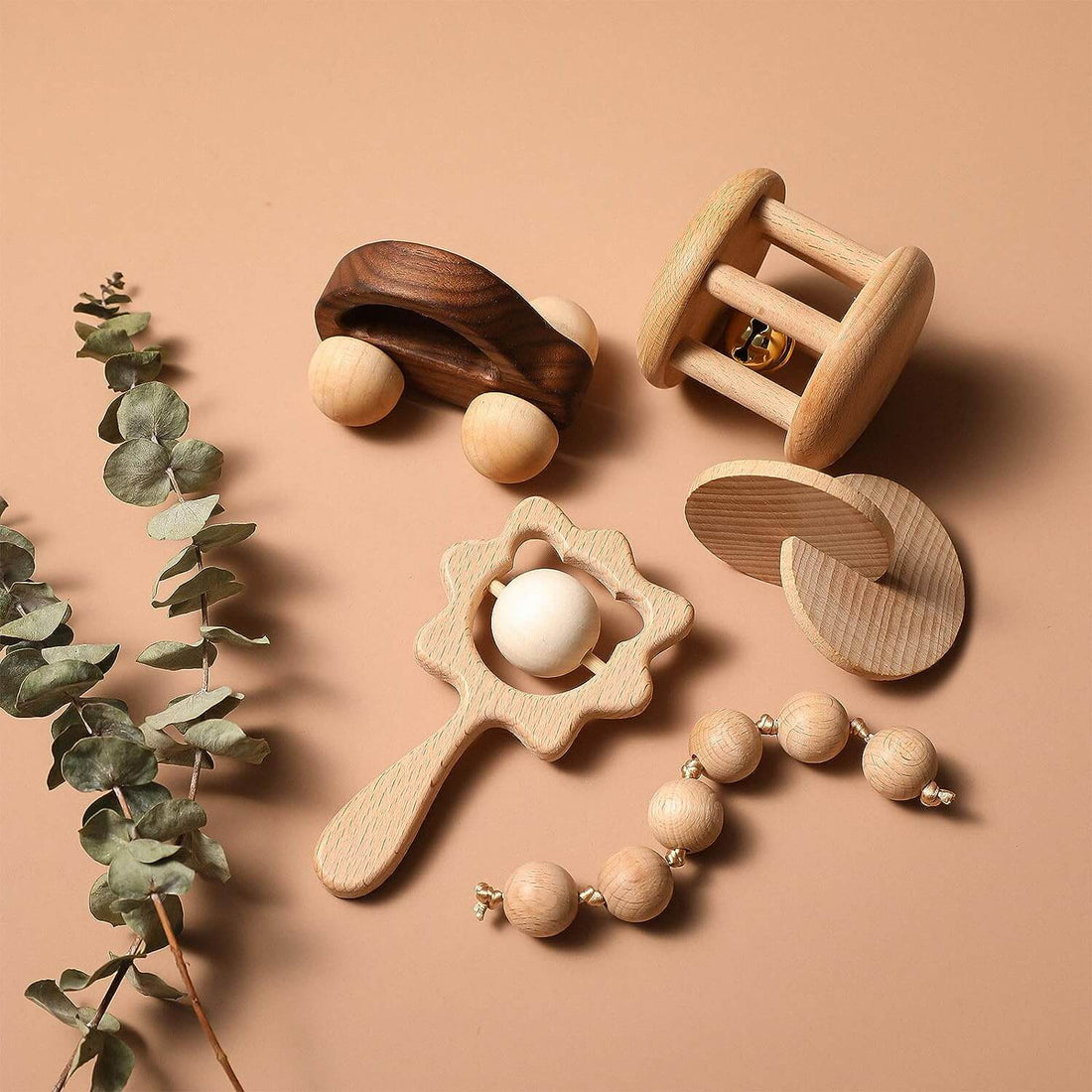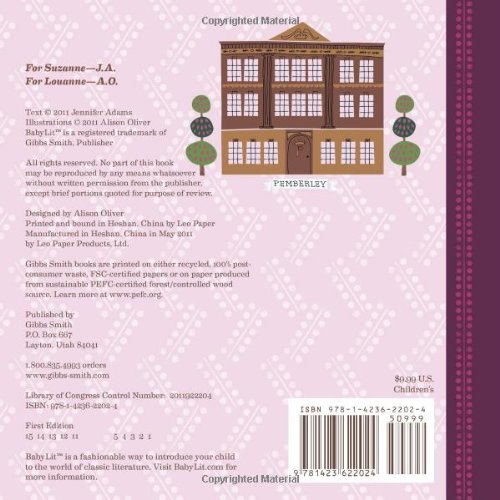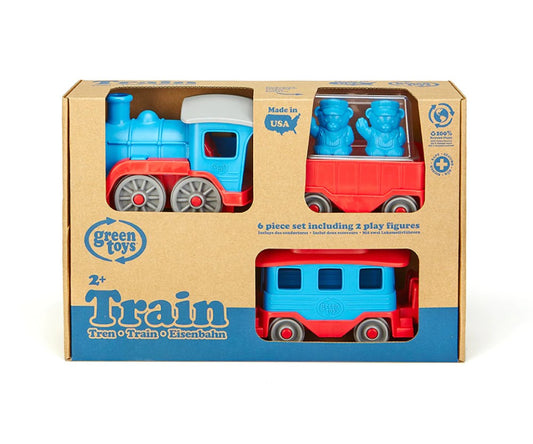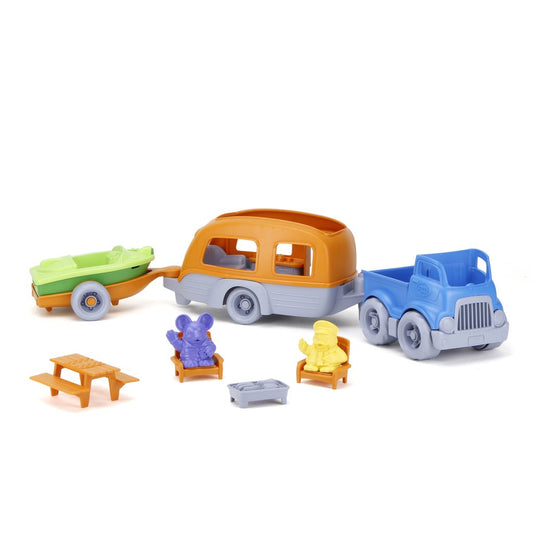
Guide to Healthy Toys for Babies
Share
Toys play a crucial role in sparking children's creativity and fostering physical and intellectual development. For babies, playtime often involves hours of interaction with their toys—whether that means playing, chewing, or sucking on them. Our Comprehensive Guide to Healthy Baby Toys is at your service, designed to ensure your baby's playtime is both enjoyable and safe. Invest in wooden toys adorned with natural dyes or opt for plush toys made from organic cotton to steer clear of the common, cluttering presence of cheap plastic in your home.
Key Insights:
The materials used in children's toys can sometimes be less than ideal for ingestion. While regulations have banned lead paint and phthalates from children's toys, the adherence of toy manufacturers to these rules remains a topic of uncertainty. Additionally, plush toys can be fashioned from synthetic materials or cotton treated with pesticides. Our recommendation is for children to engage with wooden toys colored using natural dyes or plush toys crafted from organic cotton.
Notable Toy Concerns:
Hard plastic toys might contain BPA, a substance suspected of disrupting the endocrine system.
Soft plastic toys frequently contain PVC (polyvinyl chloride), which can release harmful fumes and is a recognized carcinogen. Such toys often incorporate phthalates, utilized as softening agents to render the PVC flexible. A handy indicator is if a toy emits a scent akin to a new shower curtain or is marked with a #3, it's likely to contain phthalates.
Unveiling Phthalates:
Phthalates, found in beauty products and employed to enhance plastic flexibility, have been linked to liver cancer in animals and pose risks to the reproductive systems of fetuses and children. In 2004, the EU prohibited the use of phthalates in children's toys. A CDC study from 2000 discovered traces of phthalates in the urine of 75% of tested Americans.
Regulatory Landscape:
The CPSIA (Consumer Product Safety Information Act) in the U.S. banned phthalates from children's toys. Commencing from February 10th, 2009, Congress permanently prohibited three phthalates—DEHP, DBP, and BBP—in concentrations exceeding 0.1% in "children's toys" or "child care articles." "Children's toys" pertain to products intended for children aged 12 or below, and "child care articles" encompass items used by children aged 3 or under for sleeping, feeding, sucking, or teething. This ban applies only to toys manufactured after February 10th, 2009. Three additional phthalates—DINP, DIDP, and DnOP—were provisionally prohibited, pending further external review by experts and the Commission. This interim ban pertains to child care articles or toys that can enter a child's mouth, be retained in the mouth, and be sucked or chewed, containing concentrations exceeding 0.1% of the aforementioned phthalates.1
Enforcement of this regulation remains to be seen. A Senate hearing in 2007 unveiled that the Consumer Product Safety Committee had just one person analyzing lead in toys.2 Despite the longstanding ban on lead paint, some studies uncovered traces of lead in several tested children's toys.
References:
Healthy Baby Guides to Toys by Sprout San Francisco
CPSC.gov, Phthalates Information
Barnett, Sloan, "Green Goes with Everything," pg. 118.










